2019-02-08
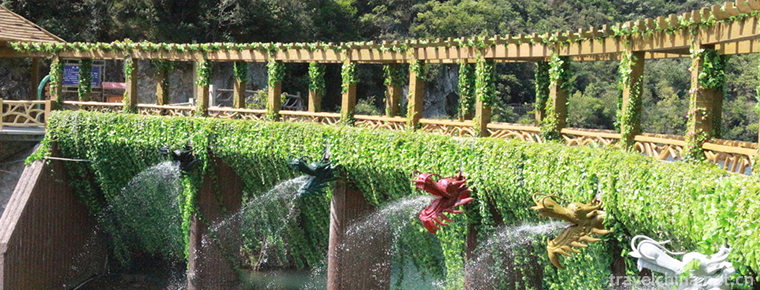
- By ChinaWiki.net
- Chinese Edition
- 2018-12-22
Wulong River Tourism Scenic Area will soon be promulgated as a national scenic spot and a national natural forest reserve. The main river in the scenic spot is Wulong River, which is located in the northeast of Yunxi County. It originates from Tianchiling Mountains on the southern foot of Qinling Mountains, which borders Hubei and Shaanxi. It is 58 kilometers long and the core scenic spot (Wulong River scenic spot) is 9.5 kilometers long. The whole river is characterized by turbulent flow, clear water quality and stable water volume throughout the year. It is an important tributary in the upper reaches of the famous "Qixi" Tianhe River.
Development history
Wulong River is named for the five dragons in Taoist legend "Five Dragons Holy to the Holy". It is auspicious for five dragons, famous for Taoist immortals, sacred for ancient apes and elegant for its exquisite beauty. Its deep valleys, clear rivers, magnificent mountains, five dragons, the spirit of the fairy way, make people relaxed and happy, amazing. It is a well-deserved paradise of leisure vacation, scientific exploration, photography and painting, poetry writing, self-cultivation, return to the real world, known as "China's Xiaojiuzhai" and "pure natural oxygen bar".
The Wulong River Scenic Spot not only has a magical and beautiful natural landscape, but also has a rich and long-standing cultural background. The ancient ape-man skull fossil "Yunxi Man" is located in Bailong Cave, Shenwuling, east slope of Wulong River. They lived 400,000 years earlier than the world-renowned Peking Man, second only to the earliest Yuanmou Man in Yunnan found in China. The legends of the five dragons in history and culture, such as holding the sacred, fighting against gods, Wen Zhongguitian, Laozhuang asking, Shangshan Sihao and Zhinu going down to earth, add mysterious and vague cultural background to the Wulong River.
The Wulong River Scenic Spot consists of four parts: Wulong Valley Xiandao Health and Recreation Zone, Shenwuling Root-seeking and Ancestor-seeking Zone, Wulong River Passionate Experience Drifting Zone and Sanguandong Camping and Hunting Zone. Its core scenic spot is "Wulonggu Xiandao Health and Leisure Area", which has been developed and built by Hubei Excellence Group in the first phase of the project. This scenic spot is surrounded by Qifeng Xiuling, which is composed of the main scenic spots such as Qiantan Bai Waterfall, Wugusandong, Lianghu and Yimiao. At present, the second and third phases of the scenic spot are under construction. By then, the Wulong River scenic spot will be presented to you with more beautiful and colorful scenery and complete supporting services.
geographical environment
Wulong River Tourism Scenic Area will soon be promulgated as a national scenic spot and a national natural forest reserve. The main river in the scenic spot is Wulong River, which is located in the northeast of Yunxi County. It originates from Tianchiling Mountains on the southern foot of Qinling Mountains, which borders Hubei and Shaanxi. It is 58 kilometers long and the core scenic spot (Wulong River scenic spot) is 9.5 kilometers long. The whole river is characterized by turbulent flow, clear water quality and stable water volume throughout the year. It is an important tributary in the upper reaches of the famous "Qixi" Tianhe River.
natural resources
The Wulong River scenic spot is rich in products and is known as the "gene Bank of animals and plants in the southern foot of Qinling Mountains". According to incomplete investigation, there are 1 745 species of plants in the panoramic area, of which more than 400 are precious and rare Chinese medicinal materials; more than 100 species of animals, including doll fish and Caragana birds, are protected animals at the national level; mineral resources are abundant, among which the quality and scale of marble are well-known at home and abroad.
Main attractions
The Wulong River Scenic Spot consists of Tianle Valley, Feilong Valley, Zhinu Valley, Fengshen Valley and Forget Worry Valley. Each canyon has its own special scenery, contains its own unique culture, and proves its own unique legend.
Tianle Valley is the first valley to enter the scenic spot from downstream. It is 3 kilometers long from Tianji Gate to Tiandi Xuanhuangshi. From here on, the Wulong River Gorge will gradually unfold its dreamlike picture scroll. It is the starting point of our journey to heaven-given paradise and our journey to pursue happiness and dreams, so it is called "Tianle Valley". This section of the canyon, full of lush green eyes, thousands of walls, the river is quiet, birds and flowers, is a paradise for boating, fishing, and singing. In the valley, Tianshu Gorge, Meiyu, natural bathing pool, Nine-day Falls, Turtle Moon Exploration, Tianmenghu Lake, Shuiyun, Firethorn Garden, Sanyou Spring and other scenic spots. There is a poem that says, "To realize the sky in Tianji Gate, to dream in Tianmeng Lake. This scene should only exist in the sky, but not in the world.
Feilong Valley is the second valley from downstream to the scenic spot. It is 1.5 kilometers long from the heavens and the earth to Sanqingtan. Because of the local cultivation of five dragons, cultivation of Taoism, flying dragons in the sky, "five dragons hold holy," so called "flying dragon valley". Loving mountains in the valley, winding valleys, Ma Liu Wai Tan and clear streams are the best places to deodorize, pray for good luck, cultivate sentiment and cultivate one's self-cultivation. In the valley, there are such landscapes as basalt, Funiu Stone, Jinchan Water Playing, Shuixiu Lotus and so on. Li Bai, a great poet of the Tang Dynasty, praised the poem "Introduction to the Flying Dragon": "Dansha becomes gold and rides the dragon to the Taiqing family. The clouds and sorrows make people laugh. The palace is full of beautiful women. Ling Zixia waved her hand. Boarding the wagon from the wind. It's a great pleasure to climb a wagon, serve Xuanyuan and roam in the blue sky.
Zhinu Valley is the third valley from downstream into the scenic area. It is 2 kilometers long from Sanqingtan to Juxian Pavilion. This section of the canyon, deep valley, beautiful peaks, waterfalls in series, clear water. Because of the legend that Zhinu went down to bathe here, it is called "Zhinu Valley". This place is a blessed place to enhance friendship, cultivate feelings and bless love. In the valley, there are such landscapes as Zhinu Bath, Shenniu Beach, Queqiao, Luhuadang (Niulang Ranch), Lobster Water Playing, Golden Frog Zen, Juxianqiao, Jingwenshi and Juxian Pavilion. Just like Liu Yuxi's poem of the Tang Dynasty, he said, "Nine meanders of the Yellow River, ten thousand miles of sand, the waves and winds are winding from the horizon. Now go straight up to the Milky Way and go to the home of the morning cow and the weaver girl."
Fengshen Valley is the fourth valley from the downstream into the scenic area. From Juxian Pavilion to Lianghekou, it is 1 km long. Because the King of Wu's expedition, the eastern finger of Zhonglu, the crossing of soldiers and horses, and the remains of the site still exist, it is called "Fengshengu". This section of the canyon, Nine-winding ileum, streams around, cable bridges flying frames, rocky rocks, is the best choice for exploring wonders, seeking cultural roots, and making friends with the ancients. This is the main way of the southern battlefield of King Wu's expedition in The Romance of Fengshen. The legendary battles of Master Wen Taishi's death at the Julong Mountains and Huangtianhua's battle at Jinji Mountains all took place near this valley. There are many scenic spots in the valley, such as Stone Breaking the Sky, Kirin Cliff, Junjunling, Junjunshi and so on. There are poems: "Tian Ting Ren Xian Shang Father, the gods on the list of flower pads, the size of the heroes honorable rank, Shang and Zhou Dynasty Romance from ancient to modern biography."
The Valley of Forgetting Worry is the last valley. It is 2.5 kilometers long from Lianghekou to Xianrenqiao. Because along the way, the beautiful scenery of mountains and rivers, too busy to cope with, happy to forget worries, so it is called "Forget worry valley". This section of canyon, the graceful waterfalls, the beautiful water, the quiet spring, the overlapping peaks of forests, the strange beauty of stones, the steep elevation of rocks, is really rare, is invisible cultivation, longevity, the quality of Langyuan fairyland. In the valley, there are such landscapes as Forget worry Bridge, Laojun Cave, Triassic Waterfall, Mushroom Stone, Changsheng Bridge, Longxu Waterfall, Yuanmeng Lake and Xianren Bridge. There are poems praised saying: "Purple Moor Red Dust has not forgotten worries, Wulong Valley wash worries. Qifeng Xiushui view is endless, immortal travel in the immortal land.
Wulong River Grand Canyon is 56 kilometers long and covers an area of 358 square kilometers. It runs through Hubei and Shaanxi, divides into five rivers, raises five dragons by water and knots five mountains. It is known as "the ancestor of mankind, magical canyon, Forest Park and natural oxygen bar". It is a tourist, leisure, entertainment and sanatorium for spring flower appreciation, summer shelter, late autumn leaf viewing and winter snow chanting.
Tourism information
Ticket information
Peak season (March-November): 80 yuan, off season (December-February next year): 50 yuan. Children under 1.2 meters are free of tickets; elderly people over 70 years old, disabled persons, active service military personnel certificates are free of tickets; children with height of 1.2 meters to 1.4 meters can buy half tickets; 60-70 years old people, primary and secondary school students can buy discount tickets.
Opening Hours
The peak season (March-November): 7:30-16:30; the off season (December-February next year): 8:00-16:00.
Traffic information
Public vehicle
Xiangfan Cheyou Huimen Gate departure Chunyuan Road Dengcheng Avenue National Highway 316 Xiangjing Highway Shiyan direction Han Ten Highway Donghuan Road Beijing North Road Hanjiang Central Road National Road 209 Yanjiang Avenue Yongyang County.
Bus
Take the bus from Sanyan Passenger Station to Yunxi (one hour drive), then take the special line or the passenger plane to Wulong River (half an hour drive) after arriving in Yunxi.
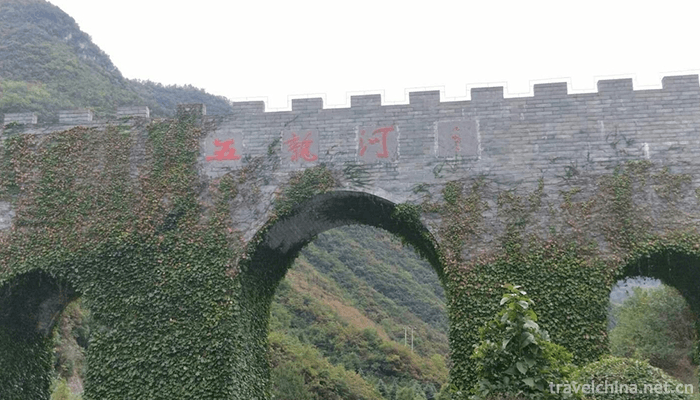
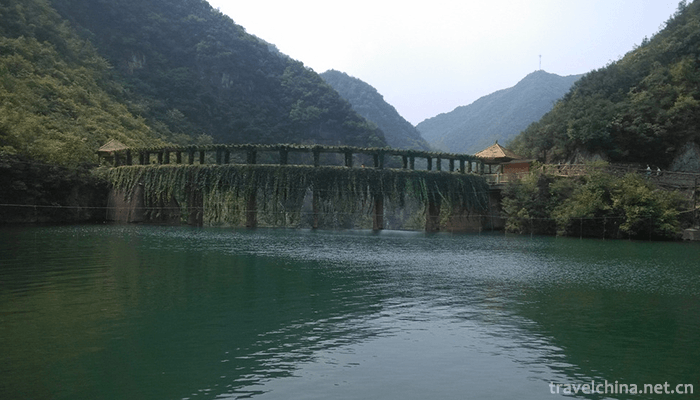
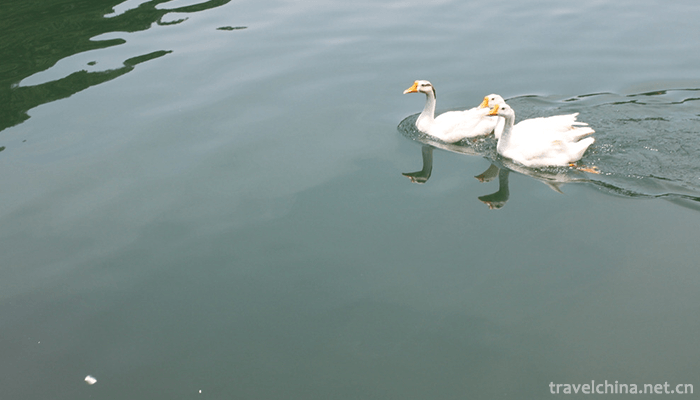
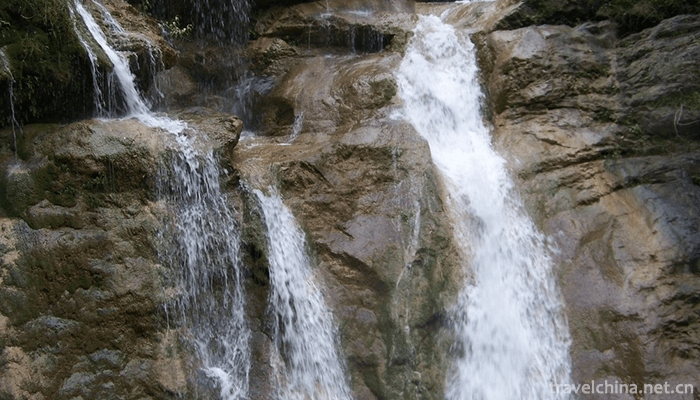

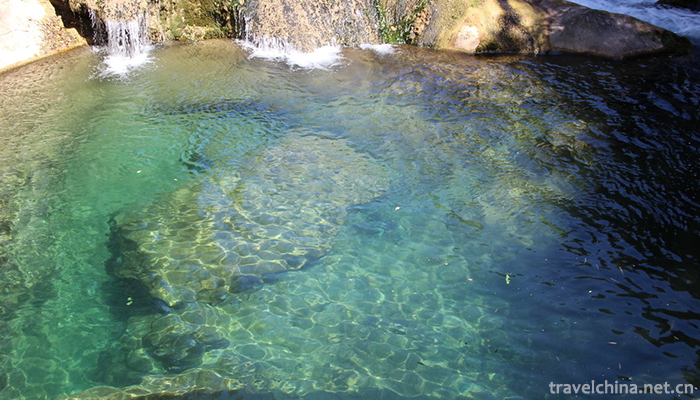
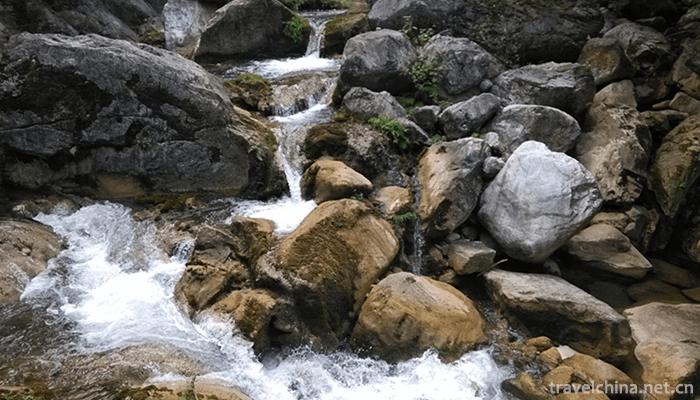
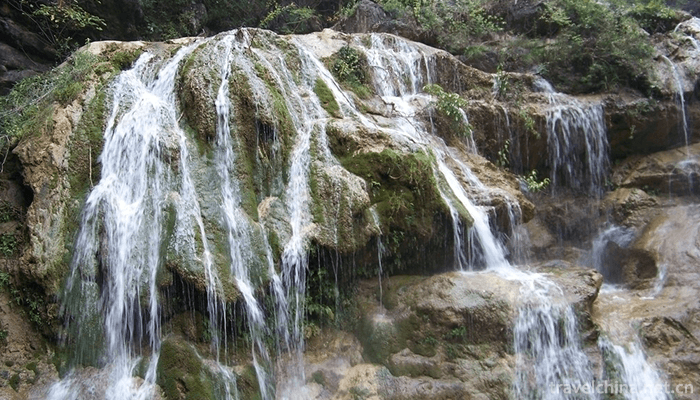
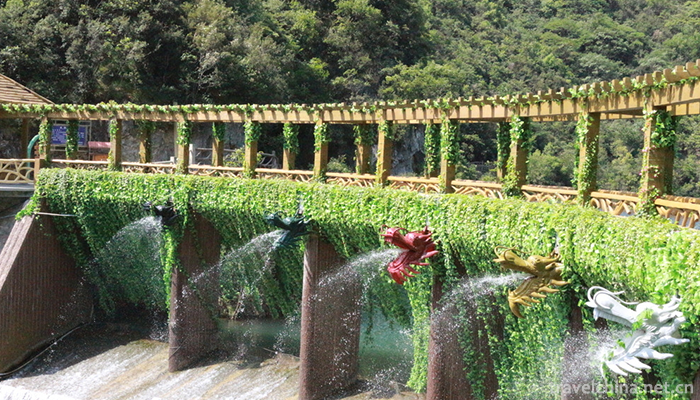
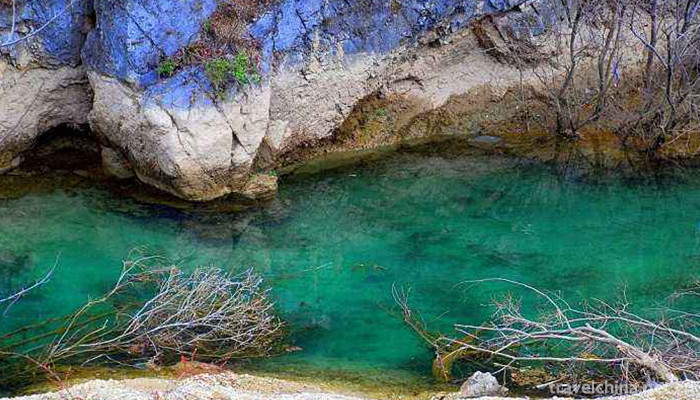
Ask a Question
Your email address will not be published.
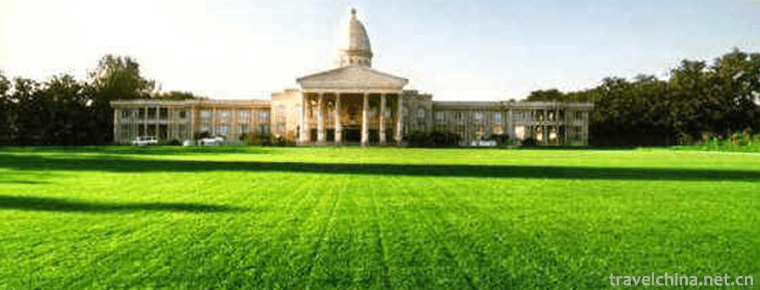
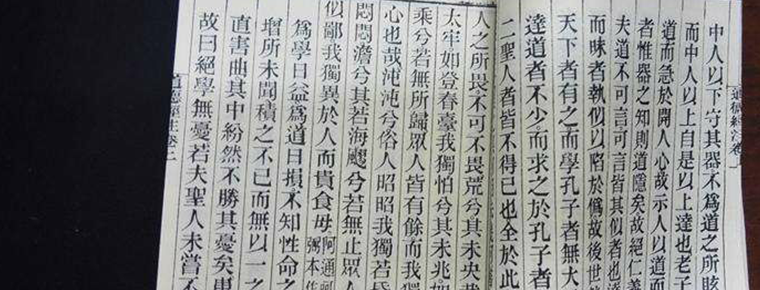
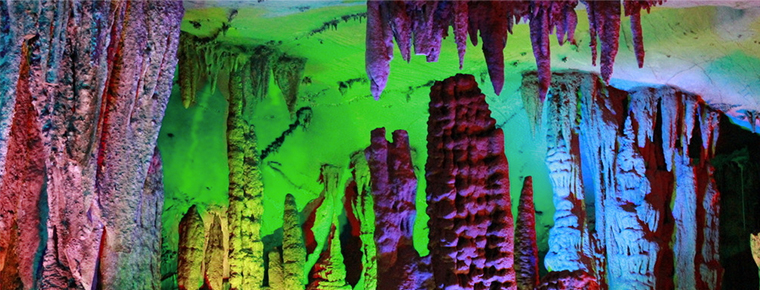
0 Questions